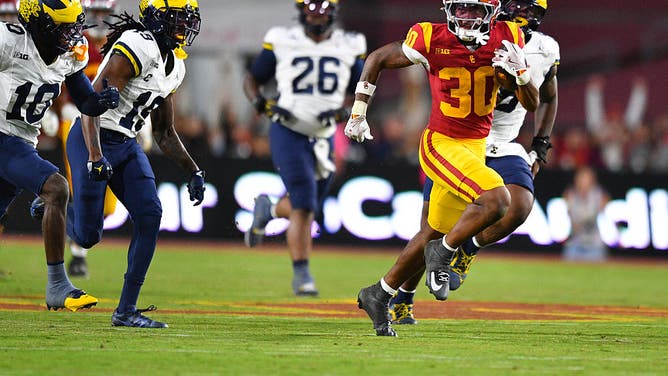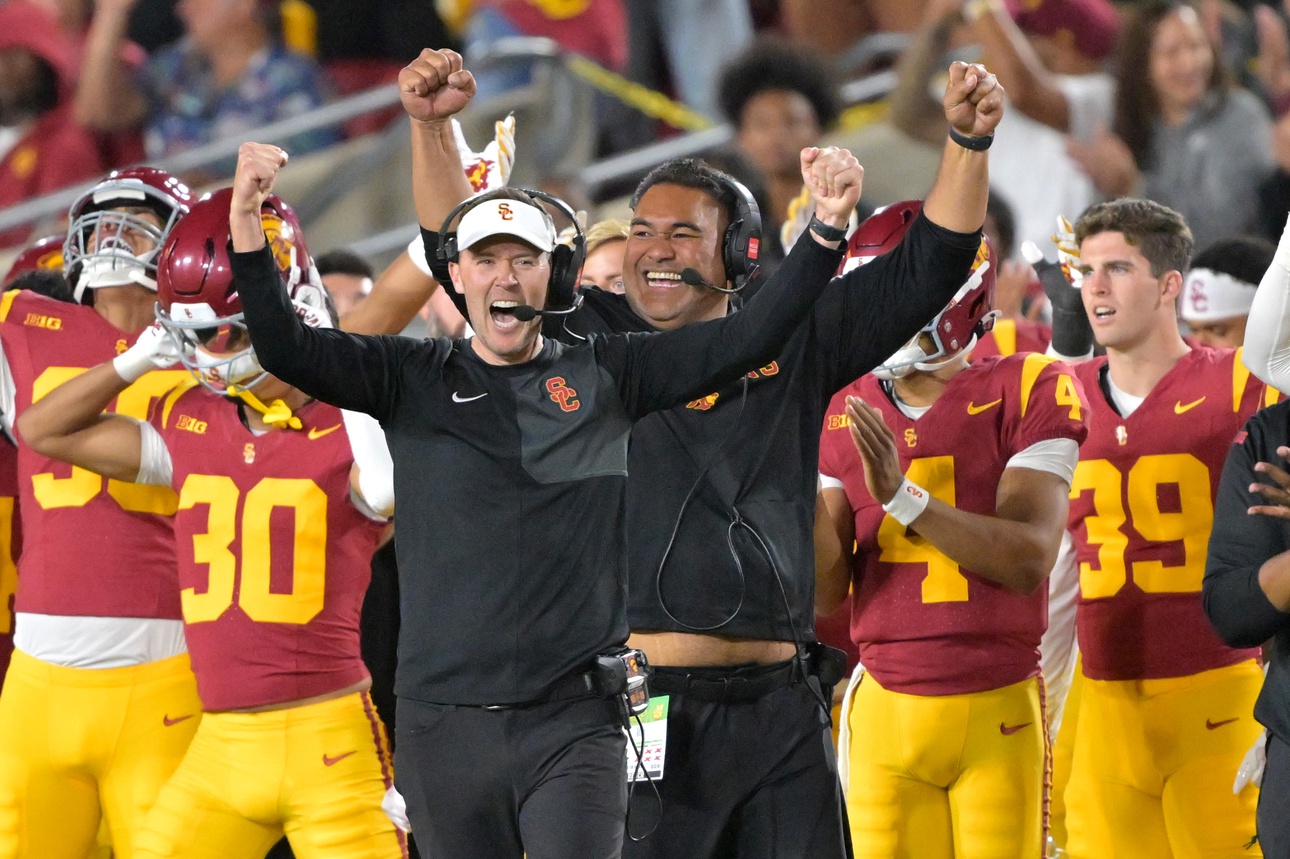Schools could pursue independence or SEC membership if they reject California Pension Fund deal
PublishedNovember 12, 2025 6:50 PM EST•UpdatedNovember 12, 2025 6:50 PM EST
- Copy Link
The wave of conference realignment seemed to reach a crescendo a few years ago with the collapse of the Pac-12.
The USC Trojans, UCLA Bruins, Washington Huskies and Oregon Ducks joined the Big Ten. Stanford and Cal, two teams located near the Pacific Ocean, joined the Atlantic Coast Conference. Colorado, ASU, Arizona and Utah went to the Big 12. Along with Texas and Oklahoma joining the SEC, it seemed like the major programs were set for the foreseeable future.
But in the new world of college football, we keep learning a valuable lesson: never, ever, count out realignment and the search for more money.
It’s been a long-simmering point of discussion that the Big Ten has been looking to add an injection of private equity, essentially selling off part of its new corporate enterprise to an outside investor. Reportedly, most of the 16 programs in the conference have been in favor of that plan, which has crystallized around a 20-year, $2.4 billion investment from the California Pension Fund. But news broke this week that there are two holdouts who are vehemently opposed to it. And they’re big ones; USC and the Michigan Wolverines.
Those two schools are apparently so opposed to it that they’ve reportedly considered the nuclear option: leaving the Big Ten entirely.

LOS ANGELES – USC Trojans running back King Miller (30) breaks free for a long run during a college football game between the Michigan Wolverines and the USC Trojans on October 11, 2025, at Los Angeles Memorial Coliseum. (Photo by Brian Rothmuller/Icon Sportswire via Getty Images)
USC, Michigan, Face Massive Decision Moving Forward
Yahoo! Sports reported this week that the conference has issued an ultimatum to the SC and Michigan programs: get with the investment, or risk losing out.
“In messages sent to Michigan and USC, the Big Ten has signaled that it is moving forward with the deal, even delivering to each program a proposed deadline for their decision. If they don’t agree to the deal, the schools may lose the additional capital as part of the landmark proposal and risk their future within the conference beyond 2036, the current end of the existing grant-of-rights agreement. League officials are socializing a specific date — Nov. 21 — for a vote on the capital investment proposal,” the article reads.
According to the report, Michigan is opposed to the arrangement because the administration views it as an unnecessary “payday loan” that bails out other teams who’ve done a poor job managing their finances. USC is opposed because, as a new member, they’d get less in distribution than the big legacy programs like Ohio State and Penn State. A lot less. Like, $40-50 million less.
The disagreements are apparently so significant that there are rumors one or both schools could pursue independence instead of remaining in the Big Ten. Or, as some have suggested, join the SEC instead.
While rumors are rumors, much of the conference realignment craze started as a rumor. Then it snowballed, and here we are, with cross-country conferences that make no sense and private enterprises investing in college sports.
USC and Michigan are among a handful of programs that could survive as independent programs. Their athletic departments are big and well-funded, with tradition and large fanbases behind them. The SEC would “happily welcome” those schools too, per On3’s Andy Staples. While again, it makes no sense to add LA and Ann Arbor to the SEC’s footprint, it would make the SEC’s television rights even more insanely valuable.
Imagine, USC-Texas. Michigan-Georgia. USC-Alabama. Michigan-Oklahoma. As a regular part of the SEC schedule.
Is this likely? No, there are immense incentives for SC and Michigan to stay where they are. And the Big Ten has mostly denied they’re rushing into an investment. But this went from impossible just a few months ago, to unlikely by mid-November. As we’ve learned in modern college athletics, all it takes to go from unlikely to happening is a few weeks and a few dollars.
